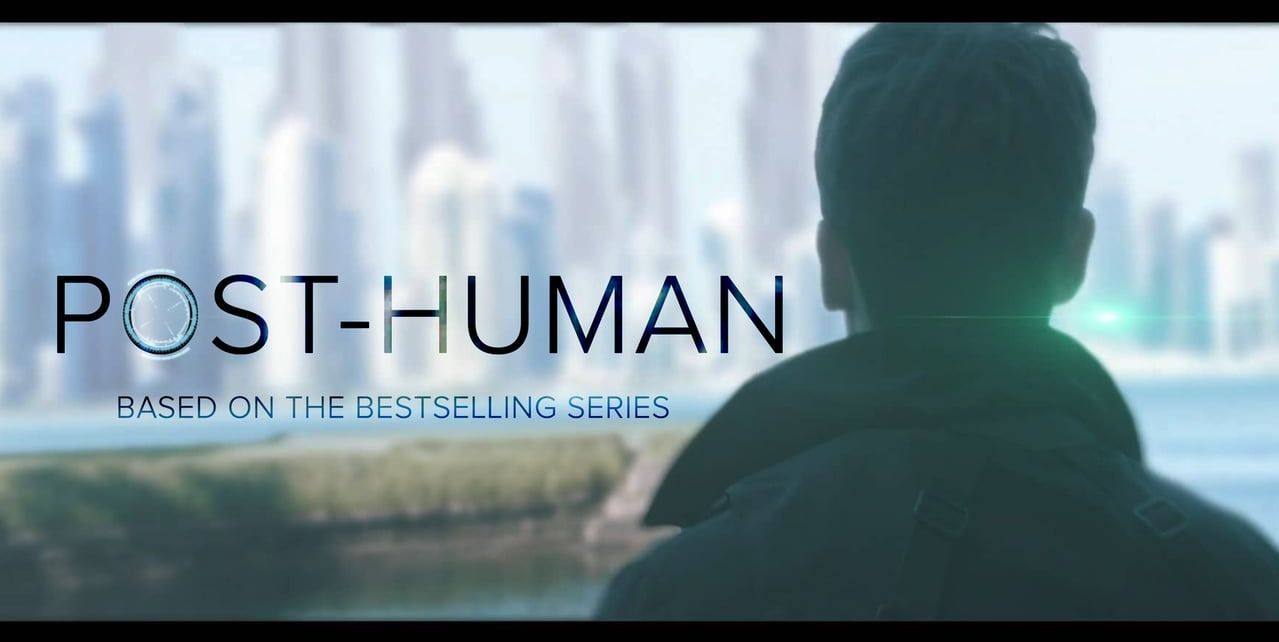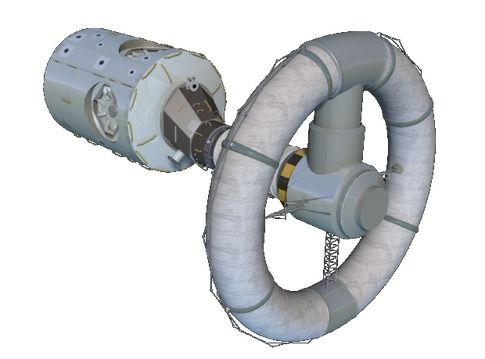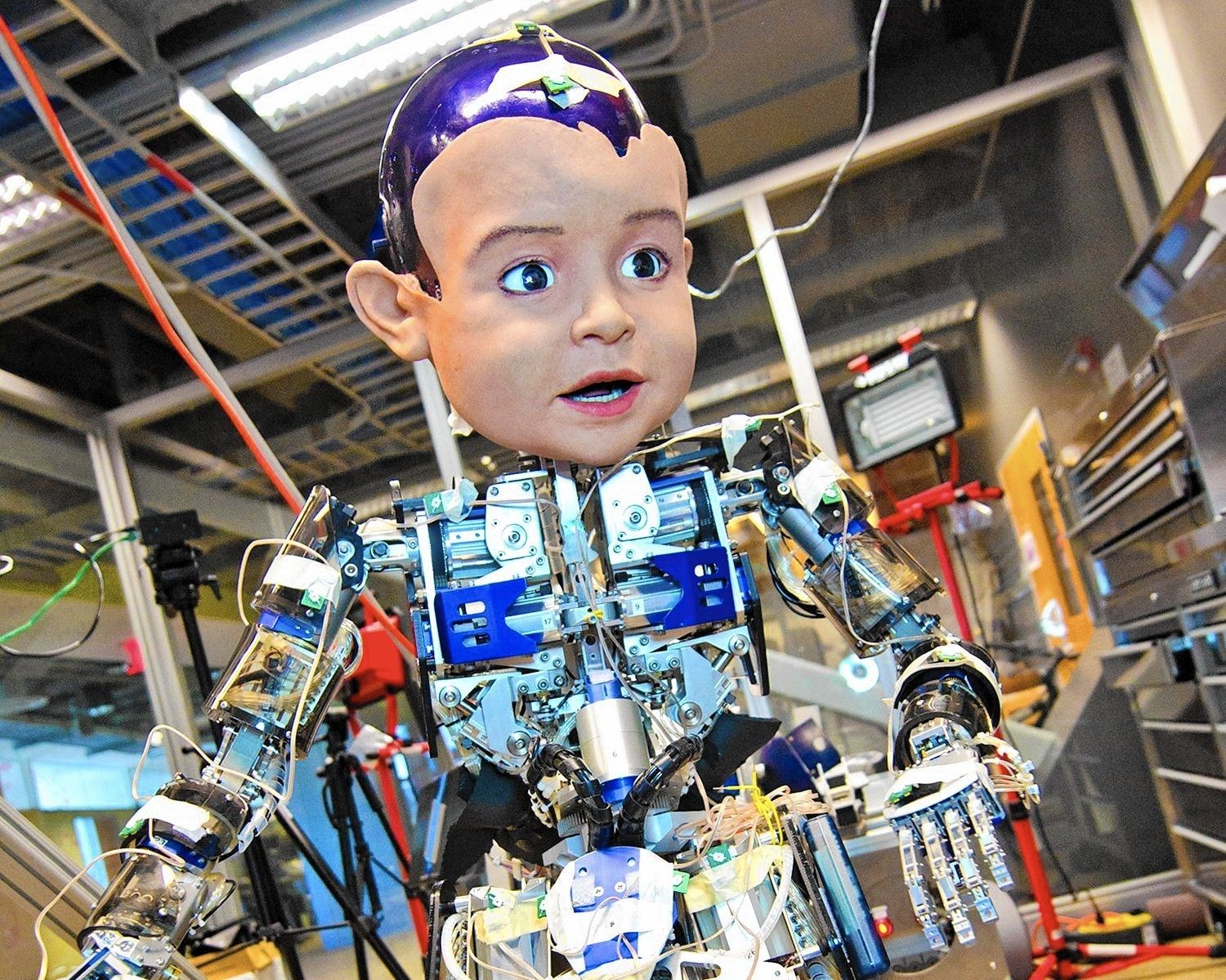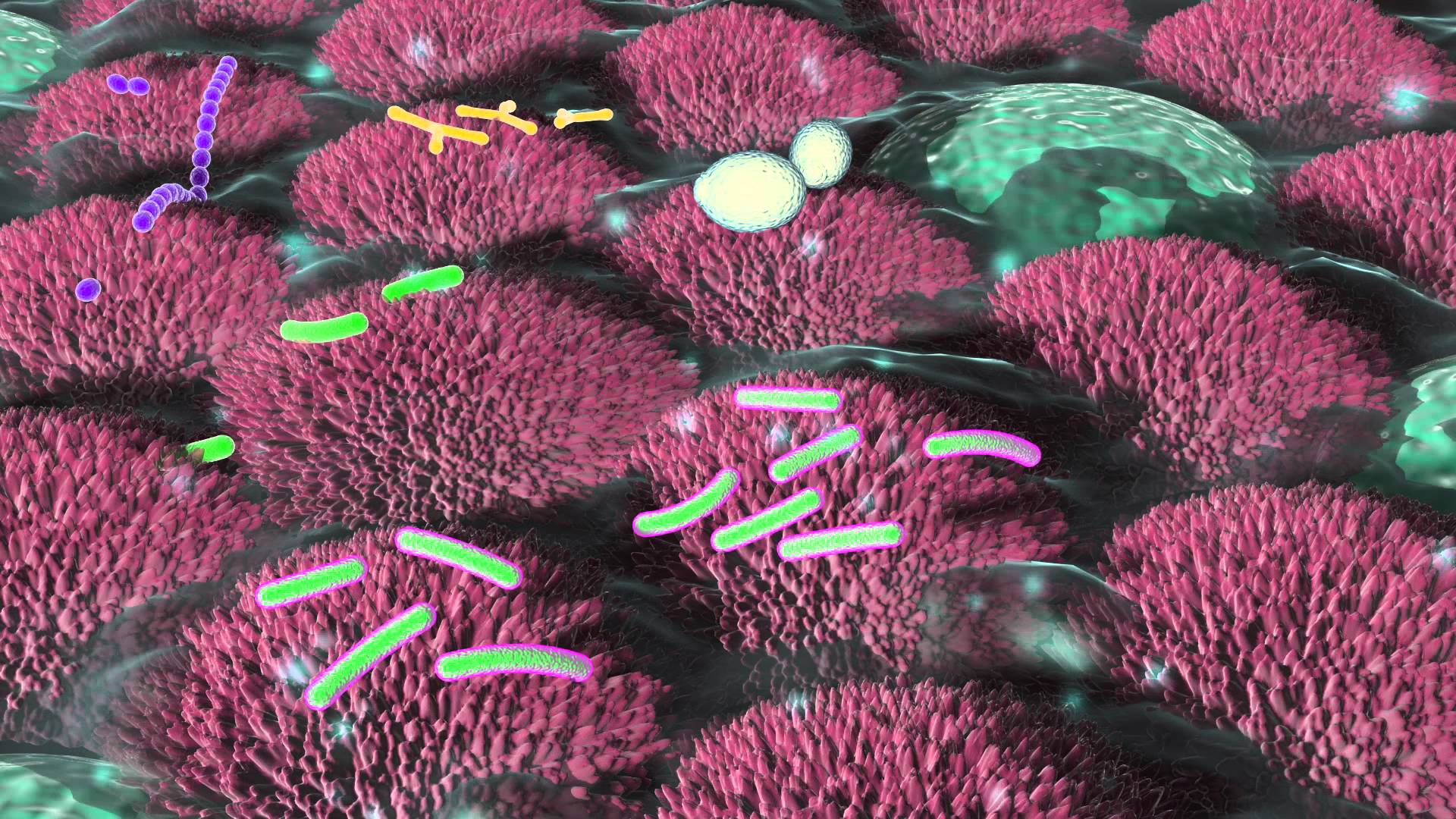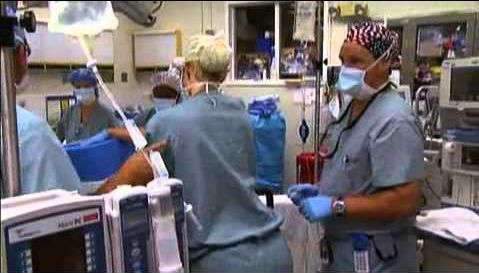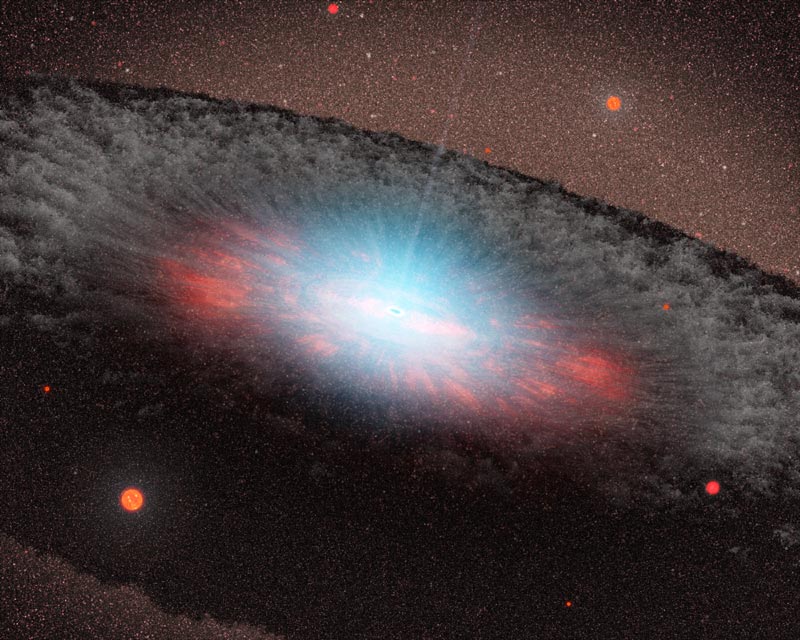Nov 1, 2015
Post-Human
Posted by Shailesh Prasad in categories: computing, entertainment, nanotechnology, robotics/AI
Post-Human is a scifi proof-of-concept short based on the bestselling series of novels by me, David Simpson. Amazingly, filmed over just three hours by a crew of three, the short depicts the opening of Post-Human, drawing back the curtain on the Post-Human world and letting viewers see the world and characters they’ve only been able to imagine previously. You’ll get a taste of a world where everyone is immortal, have onboard mental “mind’s eye” computers, nanotechnology can make your every dream a reality, and thanks to the magnetic targeted fusion implants every post-human has, everyone can fly (and yep, there’s flying in this short!) But there’s a dark side to this brave new world, including the fact that every post-human is monitored from the inside out, and the one artificial superintelligence running the show might be about to make its first big mistake. wink
The entire crew was only three people, including me, and I was behind the camera at all times. The talent is Madison Smith as James Keats, and Bridget Graham as his wife, Katherine. As a result of the expense of the spectacular location, the entire short had to be filmed in three hours, so we had to be lean and fast. What a rush! (Pun intended).
